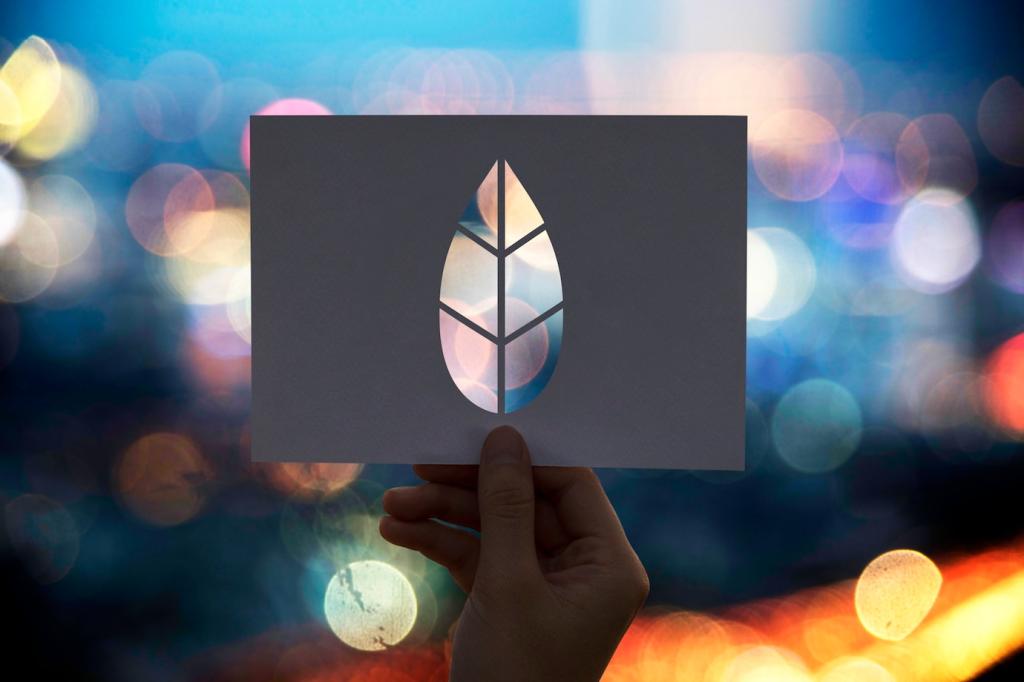Brighter, Greener: Smart Lighting Solutions for Eco-Friendly Homes
Welcome! Today’s chosen theme is “Smart Lighting Solutions for Eco-Friendly Homes.” Step into a world where comfort, aesthetics, and sustainability shine together. Explore practical ideas, inspiring stories, and proven tactics to cut waste, lower bills, and light your spaces with intention. Join the conversation, subscribe, and help us build a brighter, cleaner future.

LED fixtures convert far more electricity into light, often reaching 90–120 lumens per watt, compared with 12–18 for old incandescent bulbs. Combine that baseline efficiency with dimming, scheduling, and occupancy sensors, and many homes trim lighting energy by 30% or more. Tell us your current setup and we’ll suggest targeted upgrades.
Why Smart Lighting Matters for a Greener Home
Look for high-CRI LEDs (90+) for natural colors and compatible drivers that support smooth dimming down to 1–5%. Avoid flicker by choosing bulbs and smart dimmers tested together. If you’ve witnessed strobing in videos or headaches around dimmed lights, share details and we’ll suggest reliable, eco-friendly pairings.

Designing Room-by-Room Smart Lighting Plans
Blend ambient, task, and accent lighting to reduce harsh brightness while focusing power where it matters. Under-cabinet LEDs cut shadows and energy in kitchens, while dimmed ambient scenes keep living rooms cozy without waste. Post your typical evening routine and we’ll suggest eco-conscious scenes that match your habits.
Sunrise to sunset schedules that feel natural
Anchor scenes to solar events so lights wake gently and fade as daylight grows. On gray days, daylight sensors nudge brightness just enough, minimizing wasted lumens. Share your location or general sunrise time, and we’ll recommend a low-energy day–night pattern that keeps rooms welcoming and efficient.
Presence, security, and energy savings hand in hand
Use geofencing to shut lights when everyone leaves, then trigger a few strategic bulbs at randomized intervals for security. When you arrive, entryway lights greet you at modest levels, not full blast. Tell us which doors you use most, and we’ll fine-tune presence rules that cut waste automatically.

A city apartment trims lighting energy by 28%
After swapping old bulbs for high-CRI LEDs and adding a few motion sensors, a compact apartment reduced yearly lighting consumption by 28%. The big surprise? Lower summer cooling bills thanks to less heat from lamps. Do you live in a small space? Share your layout and we’ll replicate these gains.

A family turns smart bulbs into eco-learning
Two kids became “energy captains,” tracking hours saved through bedtime dimming and hallway motion lights. They celebrated with a monthly movie night under the softest, most efficient scene. The project built habits the whole family kept. Looking to motivate kids? Ask for our playful, planet-friendly challenge checklist.
Getting Started: Budget, Setup, and Future-Proofing
Starter checklist for smart, sustainable lighting
List bulb types and sockets, note color temperatures, and flag rooms used most. Prioritize LEDs with high efficacy and reliable dimming, plus sensors for hallways and baths. Start small, learn fast, then scale. Share your checklist and we’ll suggest a phased plan that respects both budget and planet.


Install with confidence: networks and placement
Thread and Zigbee mesh well through walls; 2.4 GHz Wi‑Fi travels farther than 5 GHz. Keep hubs away from metal enclosures, mount sensors around eye level, and calibrate lux thresholds after a few days of observation. Post your floor challenges and we’ll propose stable, low-energy layouts.
